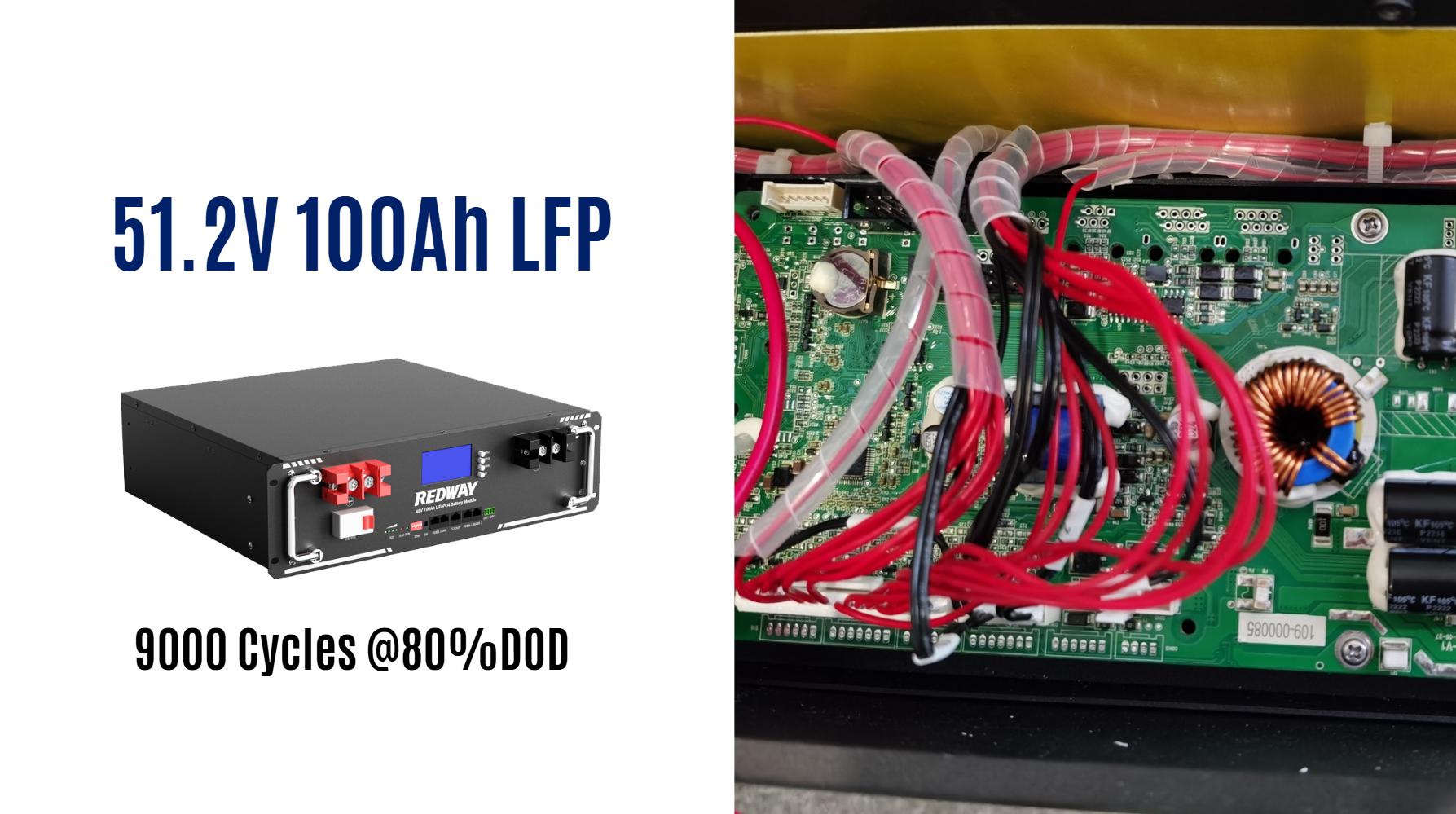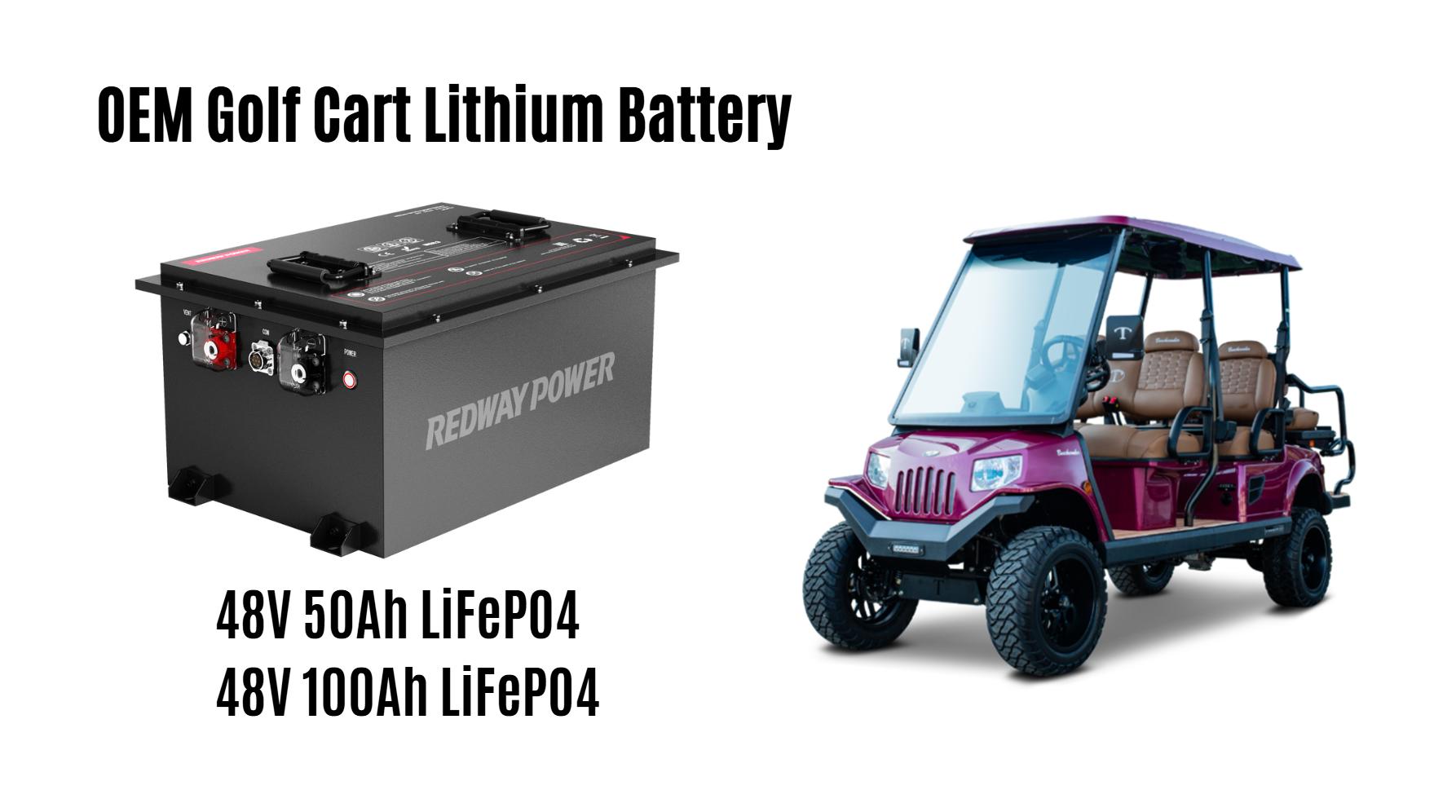What Are Industrial Battery Charging Racks and How Do They Improve Efficiency?
Industrial battery charging racks are specialized storage systems designed to safely charge and organize multiple batteries in industrial settings. They optimize workflow efficiency, prevent overheating, and reduce downtime by enabling bulk charging. These racks often include features like surge protection, temperature control, and compatibility with various battery types, such as lithium-ion or lead-acid.
How Do Industrial Battery Charging Racks Enhance Workplace Safety?
Industrial battery charging racks minimize fire risks by isolating batteries during charging, providing ventilation, and incorporating fire-resistant materials. They prevent electrical overloads through integrated circuit breakers and automatic shut-off systems. Safety certifications like UL or CE ensure compliance with industrial standards, reducing workplace accidents caused by improper battery storage.
What Types of Batteries Are Compatible With Charging Racks?
Most racks support lithium-ion, nickel-cadmium, and lead-acid batteries. Modular designs allow customization for battery sizes ranging from forklift batteries to smaller AGM units. High-end models feature adjustable voltage settings (12V–96V) and smart recognition technology to auto-adamp charging parameters based on battery chemistry, preventing overcharging or undercharging.
Why Are Temperature Control Systems Critical in Charging Racks?
Lithium-ion batteries degrade rapidly if charged above 113°F (45°C). Industrial racks use liquid-cooling systems or forced-air ventilation to maintain temperatures between 50°F–86°F (10°C–30°C). Thermal sensors trigger alarms or pause charging if unsafe conditions arise, extending battery lifespan by up to 30% compared to uncontrolled environments.
Can Charging Racks Reduce Energy Costs in Manufacturing Facilities?
Yes. Multi-port racks with energy-efficient chargers reduce idle power consumption by 40%. Some models use regenerative charging to redirect excess energy back to the grid, cutting annual electricity costs by $2,000–$5,000 per unit. Time-of-use scheduling features charge batteries during off-peak hours for additional savings.
How Do Smart Charging Racks Integrate With Industrial IoT Systems?
IoT-enabled racks transmit real-time data on battery health, charge cycles, and energy usage via Wi-Fi or Bluetooth. Integration with platforms like Siemens MindSphere or GE Predix allows predictive maintenance alerts, reducing unplanned downtime by 25%. Data analytics optimize charging schedules based on production demands, improving ROI.
What Maintenance Practices Extend Charging Rack Lifespan?
Monthly inspections of electrical contacts, quarterly firmware updates, and annual load testing are essential. Clean air filters every 60–90 days to prevent overheating. Replace worn bus bars every 3–5 years. Proper maintenance can extend rack service life beyond 10 years while maintaining 95% charging efficiency.
Expert Views
“Modern charging racks are no longer passive storage—they’re active energy management systems. At Redway, we’ve seen facilities cut battery replacement costs by 60% using AI-driven racks that learn charge/discharge patterns. The future lies in racks that communicate directly with automated guided vehicles (AGVs) to enable just-in-time charging.”
Conclusion
Industrial battery charging racks are transformative assets that enhance safety, efficiency, and cost-effectiveness in material handling operations. By adopting smart, temperature-controlled systems compatible with IoT platforms, facilities can achieve measurable improvements in energy usage and equipment longevity.
FAQs
Q: How many batteries can one rack typically charge simultaneously?
A: Standard racks hold 8–20 batteries, while custom configurations support 50+ units.
Q: Are explosion-proof charging racks available?
A: Yes. Class I Division 1 racks with sealed chambers and spark-proof connectors are used in chemical plants.
Q: What’s the average ROI period for these systems?
A: Most facilities recoup costs in 14–18 months through reduced energy waste and fewer battery replacements.


